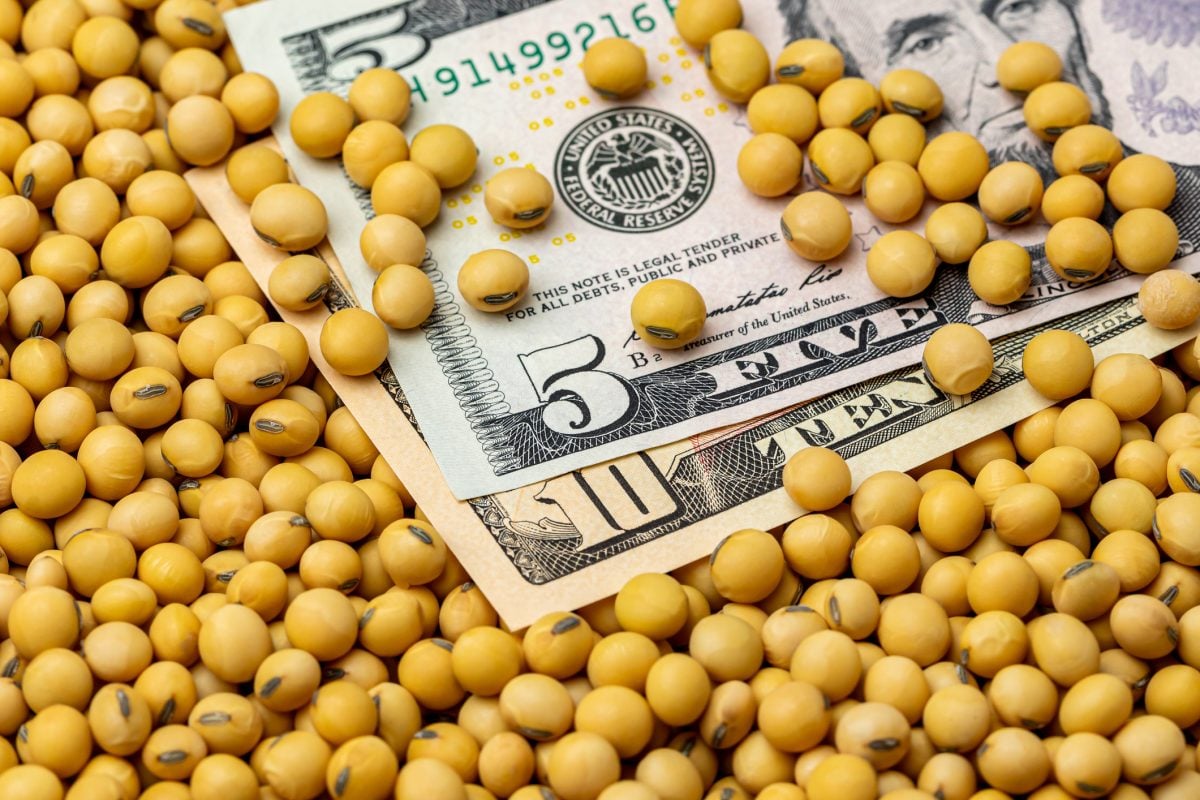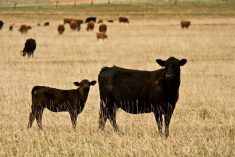Compared to last week, western Canadian feeder cattle markets traded $4 on either side of unchanged. Early in the week, the market was rather sluggish but a fortuitous bounce in the live cattle futures quickly spilled over into the feeder complex. Yearlings and heavier calves ended the week $2 to $4 higher. Feeding margins are in positive territory for the March-April time frame, which has renewed buyers’ optimism.
Favourable weather in southern Alberta contributed to the stronger tone, while the winter storm Gia is plaguing much of the U.S. southern Plains and Midwest. Feedlots in Alberta couldn’t ask for better conditions while processing replacements and operations are back to full staff. Compared to December, even a 50-km/h wind feels like a calm day.
Read Also

U.S. grains: Soybean futures hover near 15-month high after China buys U.S. cargoes
Chicago Board of Trade soybean futures hovered near a 15-month high on Wednesday after trade sources said China made its first purchases from the autumn U.S. harvest ahead of a summit between leaders Donald Trump and Xi Jinping.
Short-keep replacements were well bid; in central and southern Alberta, mixed steers averaging just over 1,000 lbs. readily traded for $185 to as high as $189. In east-central Alberta, Angus-based steers weighing 850 lbs. sold for $184; medium- to larger-frame Simmental blended mixed heifers averaging 815 lbs. were quoted at $176. In southern Alberta, black mixed steers averaging just over 700 lbs. were quoted at $203 while a partial group of Charolais mixed heifers weighing 710 lbs. were reported at $184 in the same area.
In east-central Saskatchewan, tan larger-frame steers averaging 575 lbs. were quoted at $220 while 550-lb. mixed heifers traded for $193. Calves appeared to hold a small premium over Alberta in the eastern regions of the Prairies. Larger-frame thick Limousin-based steers weighing 650 lbs. were valued at $215 landed in the Lethbridge area. Again, feedlots in southern Alberta continue to source from farther distances, given the limited supplies coming on the market.
The fed cattle market continues to percolate higher, which should support the feeder complex. Packing margins are under pressure but usually improve in March as wholesale prices make seasonal highs. Last year, feeder cattle prices softened during the winter time frame, but this year, available numbers in Alberta are down from year-ago levels.
— Jerry Klassen manages the Canadian office of Swiss-based grain trader GAP SA Grains and Produits Ltd. and is president and founder of Resilient Capital, specializing in proprietary commodity futures trading and market analysis. Jerry consults with feedlots on risk management and writes a weekly cattle market commentary. He can be reached at 204-504-8339.













